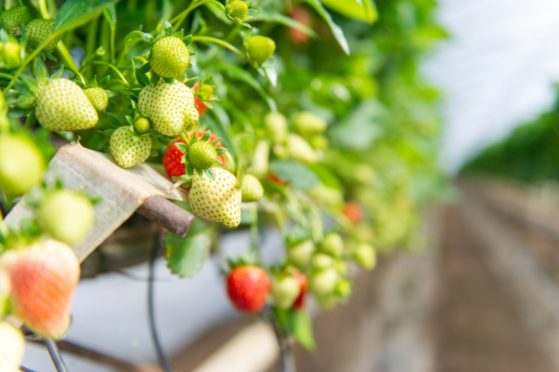A group of horticulture and potato growers has proposed the creation of a grower-managed research agency to replace the work done for their sectors by the Agriculture and Horticulture Development Board (AHDB).
The Growers’ Better Levy Group (GBLG) – a voluntary group of 36 horticulture and potato business leaders – is calling for a collaborative approach to innovation, research and development, and knowledge exchange.
It follows votes earlier this year to abolish the statutory levies paid to AHDB for the horticulture and potato sectors – 66.4% of potato businesses voted to stop their levy, while 61% of horticulture business backed ending theirs.
The GBLG is now calling on the UK Government to support its proposals for a grower-managed research agency to replace AHDB, following a meeting with UK Farming Minister Victoria Prentis.
“We want to see the green light, and Defra’s support for, an independent, grower-managed research agency funded by an investment levy,” said GBLG chairman Phil Pearson, who is group development director at tomato growing company APS Group.
“The Agency would emulate models that already exist in both New Zealand and Australia.
“The research and development would be directed by an elected, independent board of representative growers who would decide on research priorities and projects, in consultation with the wider industry, including businesses and grower associations.”
In its proposals, the group says the continuation of a small statutory levy is necessary to fund critical work in the sectors, and a larger voluntary investment levy will be needed for agreed programmes of work which will be voted on by growers on a regular basis.
It says voluntary funds within specific crop sectors will be raised for the whole sector to fund joint projects, or raised on an individual crop basis for specific crop projects.
The group also proposes the creation of crop specific investment funds to help it access investment funding, and for tax relief and match funding from Defra to be made available.
It says all future research and development work must be competitively tendered for, and the overhead costs of the proposed body should not exceed 15% of the levies paid.
GBLG member and ornamental grower, Martin Emmett, said the group was a consortium of concerned levy payers, and not a democratically-elected board.
He said: “We feel that our proposed way forward on how research and development is conducted for the industry is the right approach and has the support of all 36 businesses involved, as well as a number of research organisations and grower groups.”
More information about the Growers’ Better Levy Group is online at britishgrowers.org/growersbetterlevygroup

